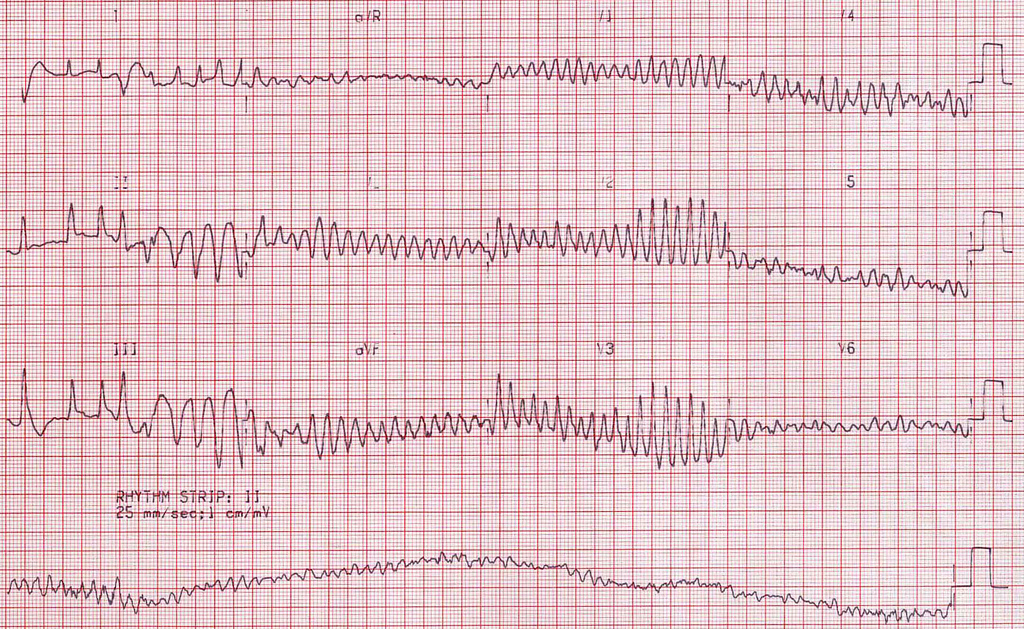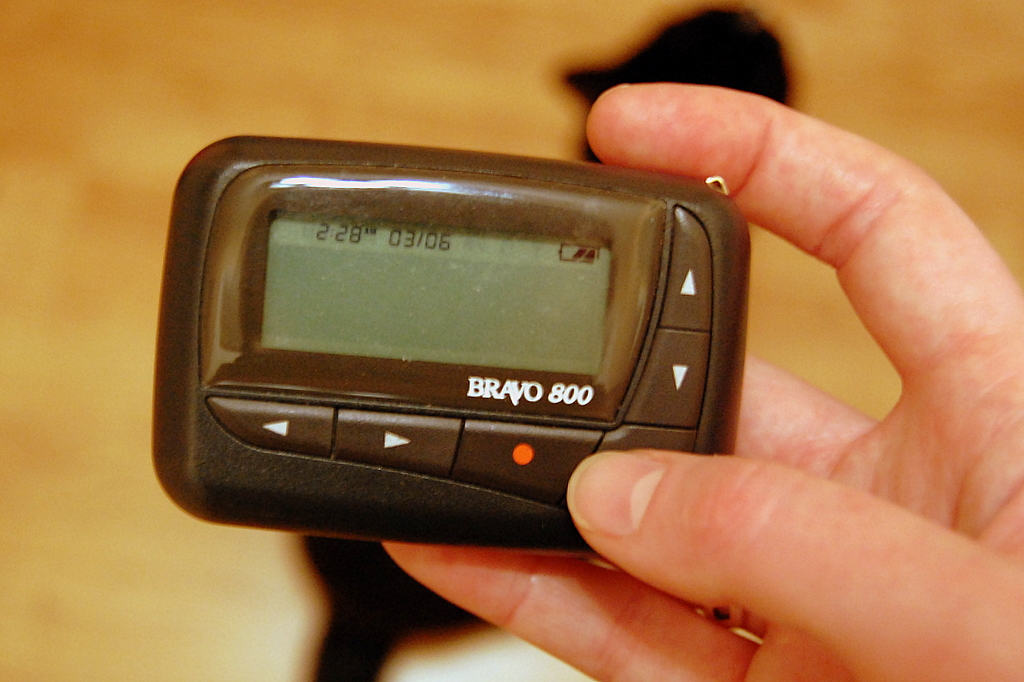Transplant
I know that being a third-year medical student is like being a transplanted kidney. One starts the day in one body. School is composed of lecture halls and written exams. However, the world has shifted by the end of the day, and shockingly, one’s old body is not present.



